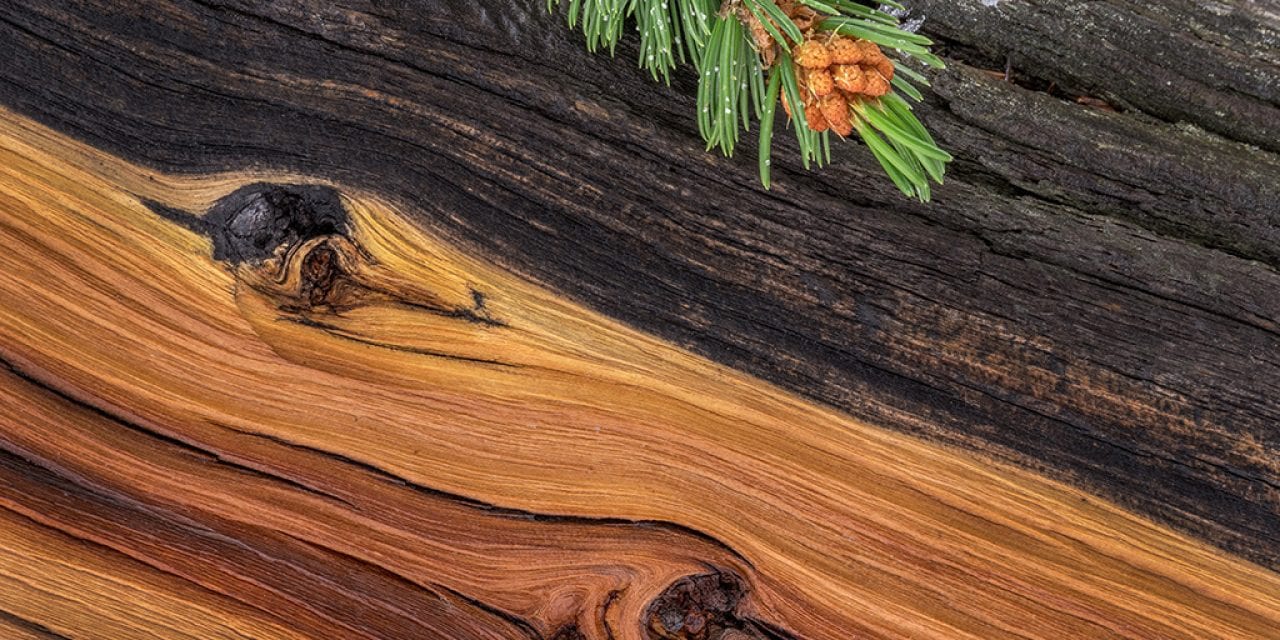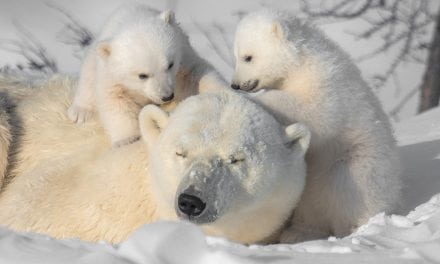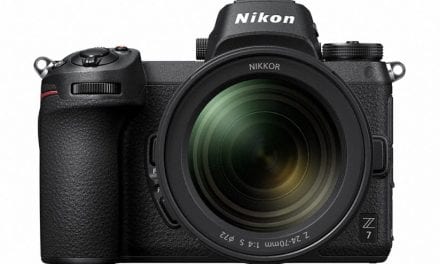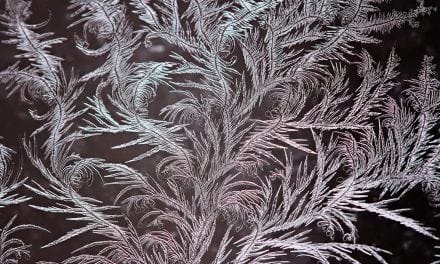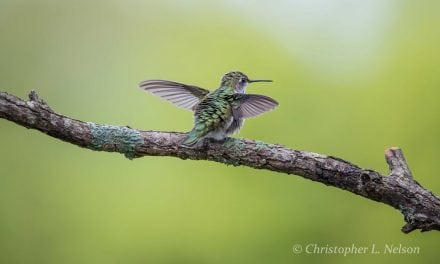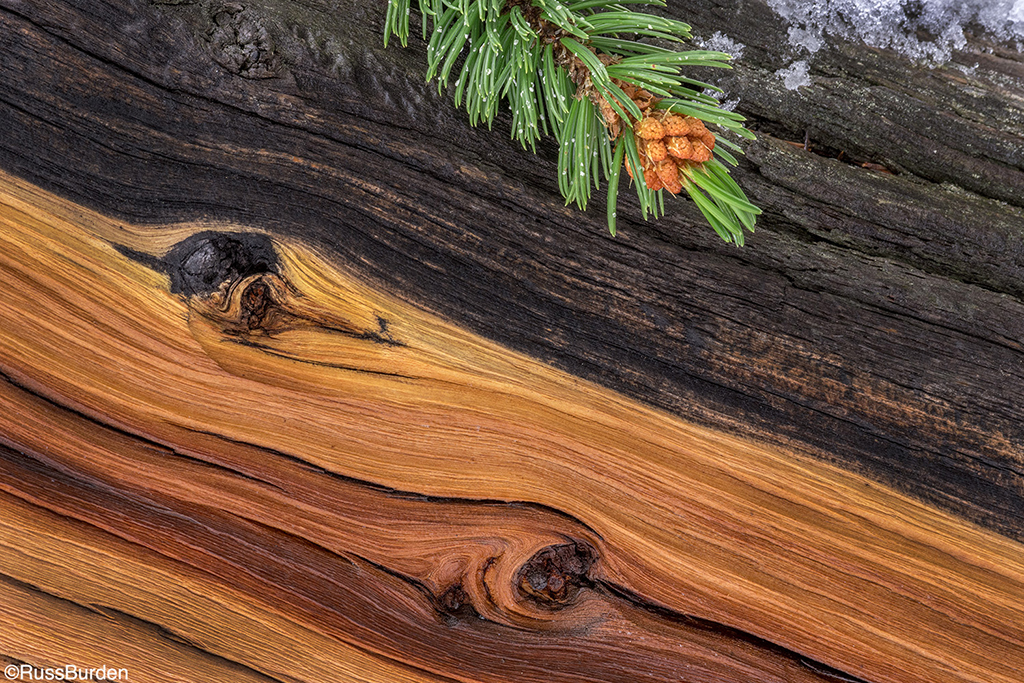
Landscape photography encompasses many aspects. Under the overarching umbrella of the term are seascapes, desert vistas, majestic mountain masterpieces, autumn treescapes, iconic red rock formations and other outdoor scenics. All conjure up ideas of grand vistas photographed with a wide-angle lens and span as far as the eye can see. Many are made from what have become indented tripod holes due to their popularity and the photographer’s motivation to “get that shot.” Even though the iconic scenes are copied again and again, the landscape photographer hopes that when it’s their turn, something dramatic will unfold. The chance drama will occur is low, so 98 percent of the images from these elbow-to-elbow seminal positions look the same.
I encourage you to go to the classic locations, and I hope the 2-percent chance of drama occurs while you’re there, but don’t settle for a few shutter clicks of the grand vista and saunter away. What lives close to your feet, just above your head or a few yards from where you stand may net an even nicer photo, and there’s a huge chance it’s scarcely been photographed in the past. I refer to the small-scale scenic. It’s the scenic that requires the photographer to search more determinedly. It forces the photographer to look past the obvious and think outside the box. It’s the photo that needs to be made with a longer lens to capture the narrow angle of view. I constantly profess, “exhaust all possibilities.” Capturing small-scale scenics is one way to do this.
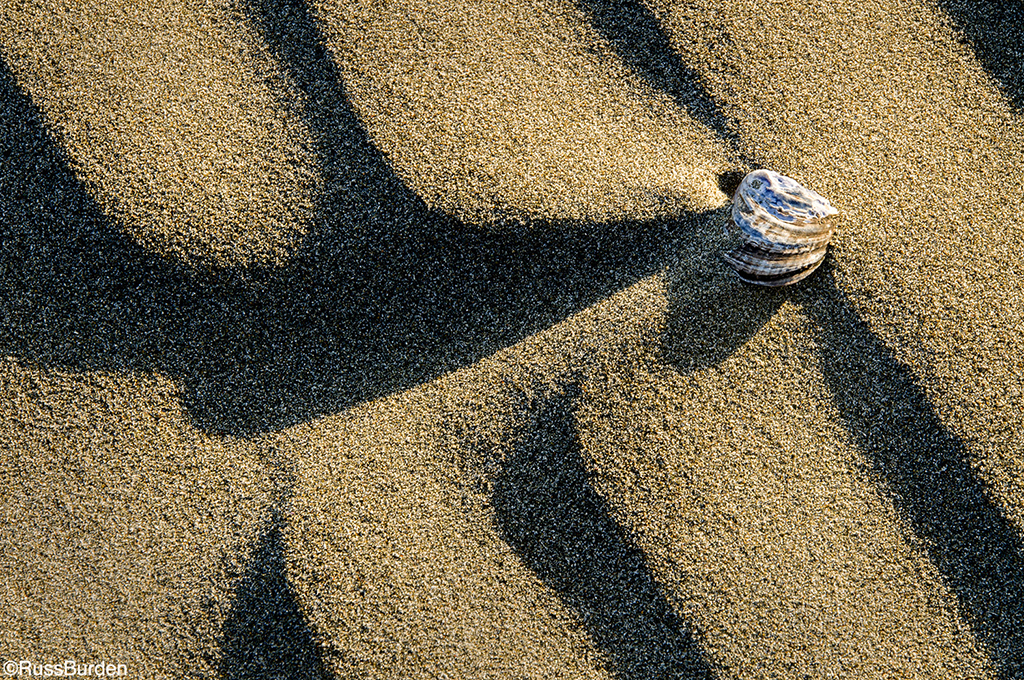
Small-scale scenics can be made much more readily compared to the grand landscape because they don’t require blood red cumulus, pastel pink cirrus or ominous angry mammatus clouds. Most grand vistas benefit from those conditions, but in that the small-scale scenic takes in no sky and encompasses a small area, quintessential skies are irrelevant. The small-scale scenic can benefit from full sun if it provides shadows that complement the shape of a main or secondary element. Try to incorporate the shadow into the composition to make the image more dynamic and to provide a three-dimensional look.
I refer to total blue sky mornings and evenings with no clouds as severe clear. It’s great to have warm light at sunrise or sunset, but if there are no clouds to add interest to the image, the scene becomes ordinary. On severe clear days, look for the small-scale scenic in addition to making a few of the iconic grand vistas. If the sun creates too much contrast, add a flash to your hot-shoe to fill in deep shadows, which will soften the contrast. The beauty is the scale of what you photograph is small enough for your flash to have a profound effect. This certainly isn’t the case for a sprawling vista. Additionally, if you’re dealt flat light for the shot you thought you’d make, overcast light can be a godsend for the small-scale landscape given the even wraparound light.
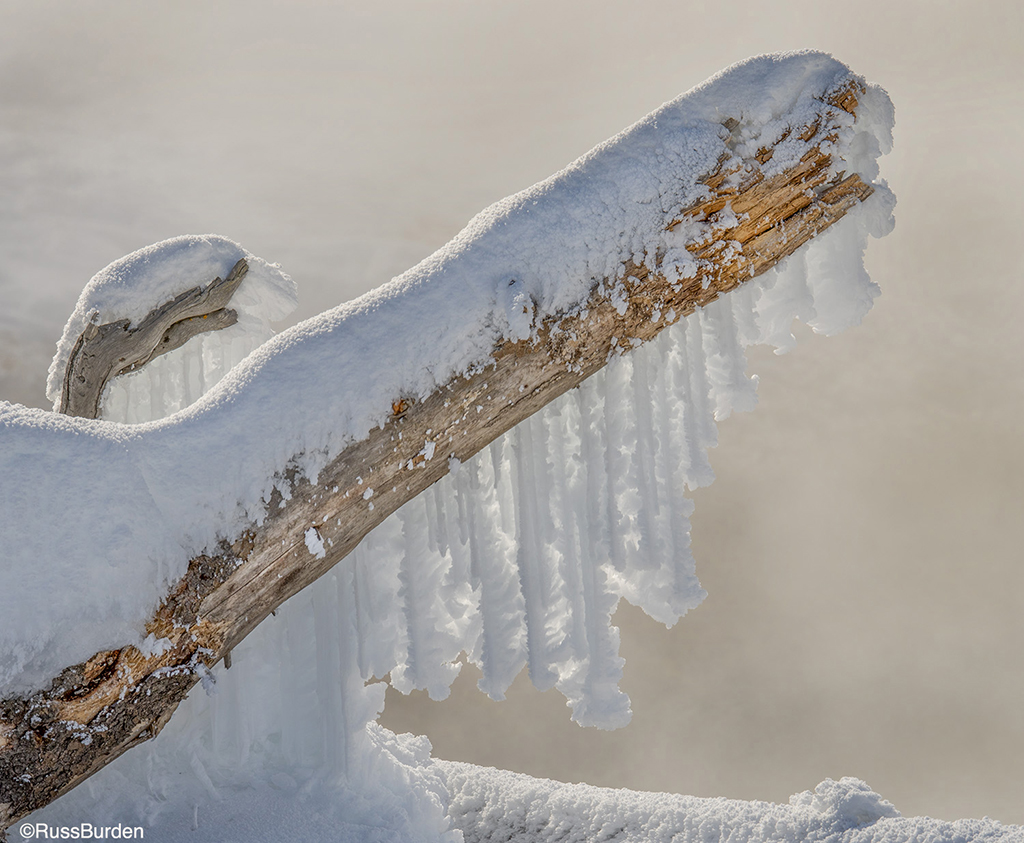
Embrace what you see before your eyes and open them wide to take in all possibilities. Look for colors that pop, shapes that harmonize with other parts of the composition and patterns that have interest and course your eye through the potential photo. Look for patterns that harmonize. Welcome the abstract and think past the fact that a rock is a rock. Move in close to look for lines, colors and texture. To where do roots lead? Perhaps something dynamic just a few inches away. How can the combination of these two items work in a composition?
Miniature worlds of objects abound. Find them and strive to turn them into small-scale-scenic masterpieces.
Visit www.russburdenphotography.com for information about his nature photography tours and safari to Tanzania.
The post Small-Scale Scenics appeared first on Outdoor Photographer.

